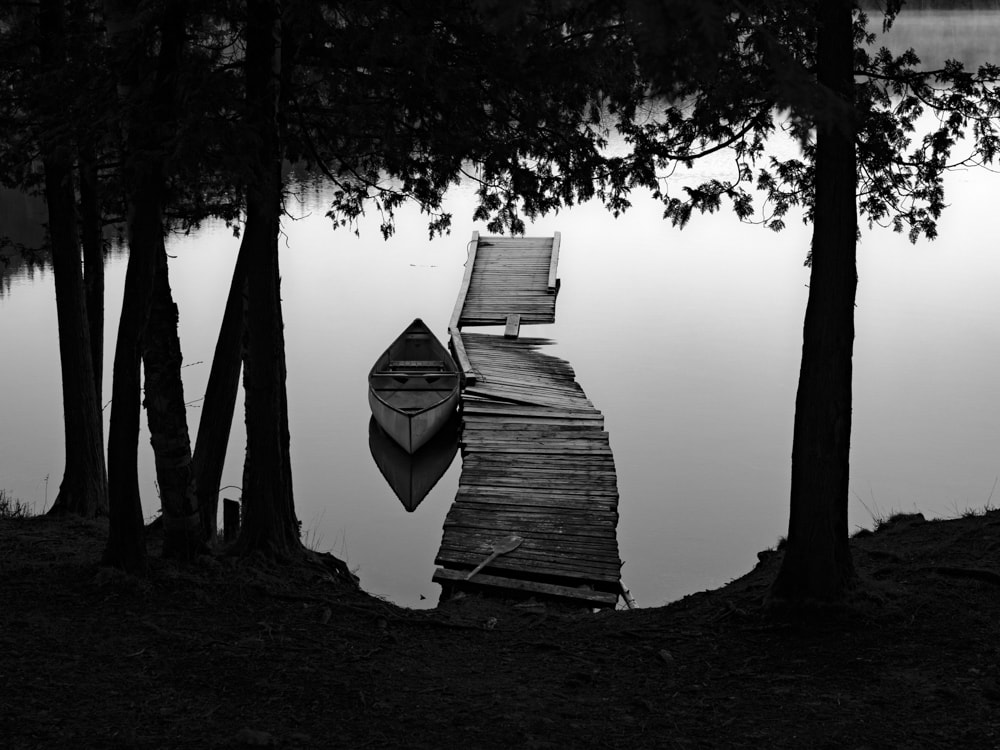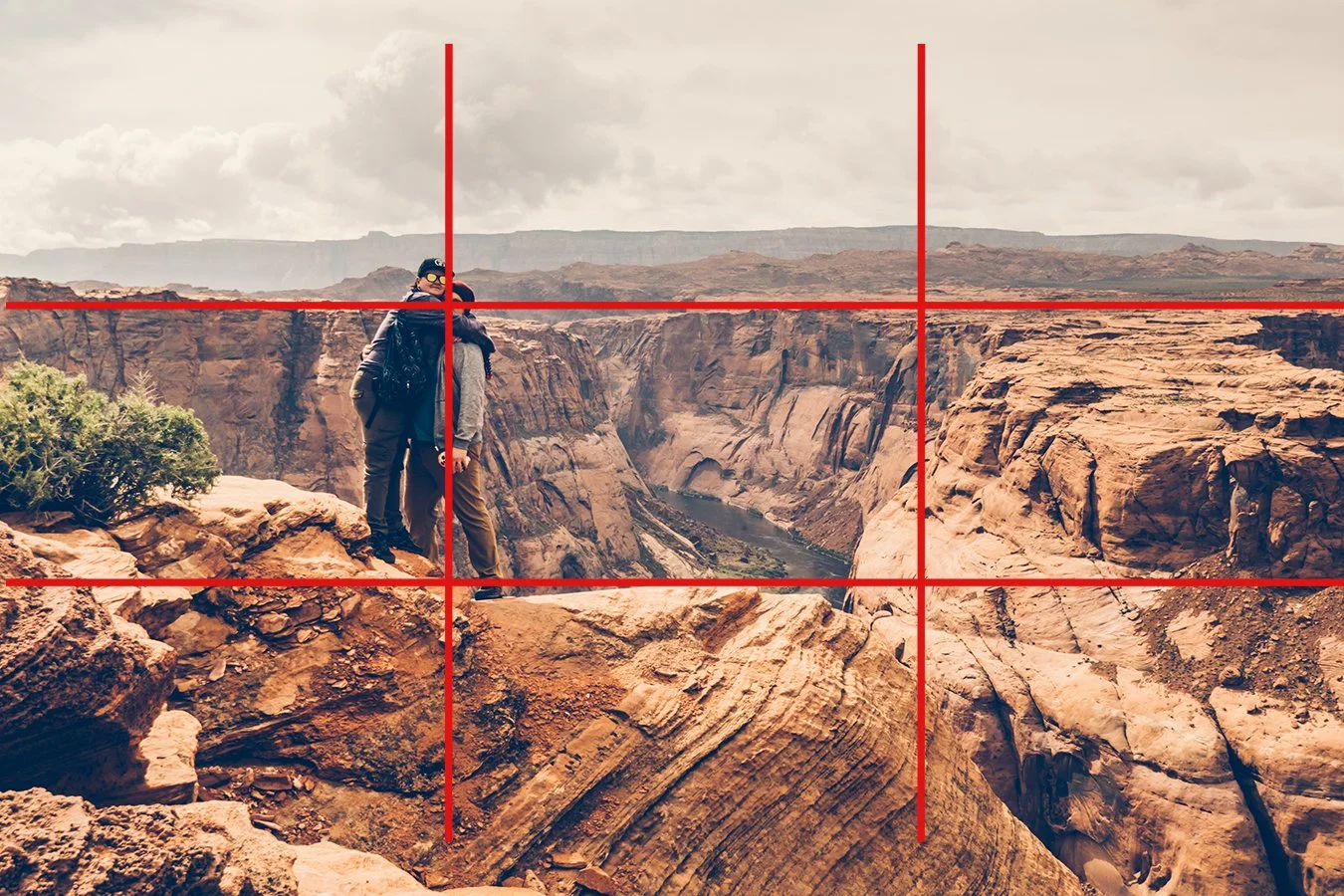Landscape photography traditionally focuses on grand vistas and recognizable scenes, yet incorporating abstract elements can elevate an image from a mere depiction to a profound artistic statement. This approach moves beyond literal representation, urging the photographer to see patterns, textures, and lines within the natural world as standalone subjects. Expertise in this niche demands a keen eye for subtle details, an understanding of light’s transformative qualities on surfaces, and the courage to break conventional compositional rules. It’s about isolating a portion of the scene – a ripple on water, the bark of a tree, or the interplay of shadows – and presenting it in a way that evokes emotion or curiosity, rather than simply identifying a location.
Achieving compelling abstract landscapes requires a departure from wide-angle dominance; often, a telephoto lens or macro capabilities become indispensable tools to isolate specific elements. Authority in this photographic style is built through a deep knowledge of photographic principles like color theory, negative space, and repetitive forms, applied with an artistic intuition. It involves experimenting with long exposures to blur movement into ethereal strokes or manipulating depth of field to render familiar objects into abstract shapes. Trust in a photographer’s abstract work stems from their ability to consistently create images that are both visually intriguing and emotionally resonant, demonstrating a unique vision rather than merely documenting.
Ultimately, the credibility of incorporating abstract elements into landscape photography lies in its capacity to expand artistic boundaries and challenge viewer perception. It encourages photographers to explore the micro within the macro, finding beauty in the overlooked details of nature. This nuanced approach proves that even the most familiar landscapes hold endless possibilities for creative interpretation. By focusing on sensory experience over strict realism, photographers can cultivate a distinct visual voice, offering fresh perspectives on the world around us and inviting viewers to see beyond the obvious.





